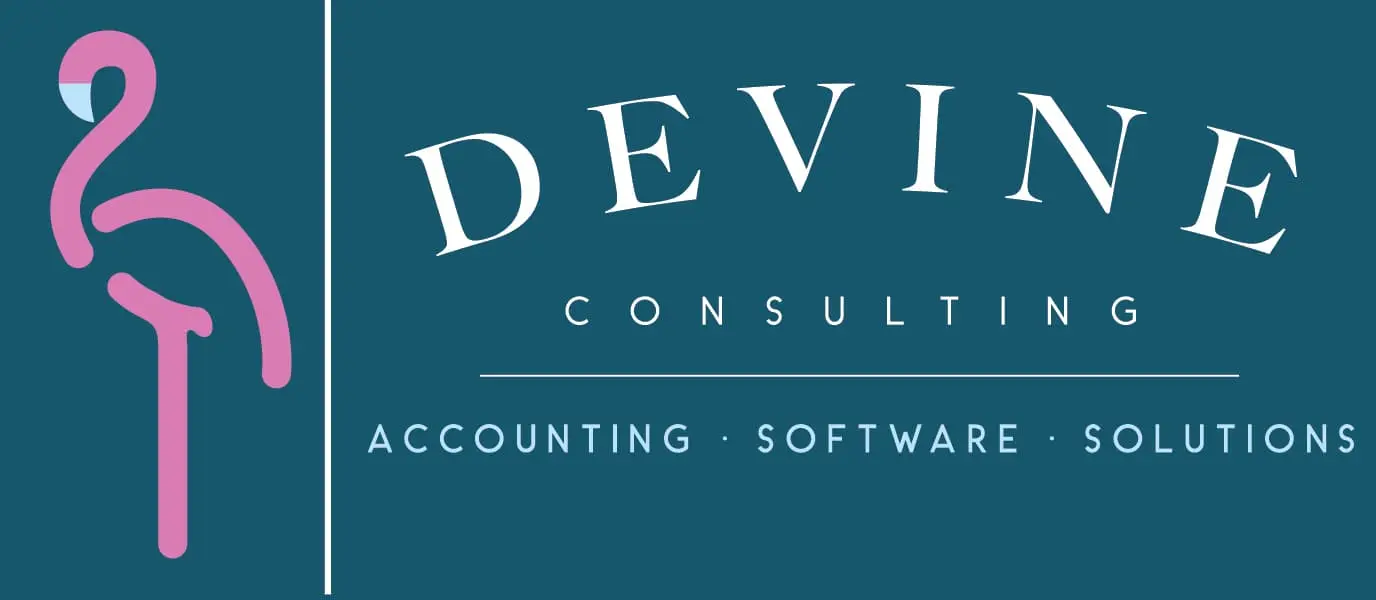Construction Accounting Basics: What Every Contractor Needs
Construction companies face unique financial challenges that standard bookkeeping methods can’t handle. Project-based work, retainage, and complex job costing require specialized approaches.
We at Devine Consulting see contractors struggle with cash flow management and compliance issues daily. Mastering construction accounting basics protects your business and improves profitability across every project.
What Makes Construction Accounting Different
Construction accounting operates on project-based financial management rather than traditional business accounting methods. Companies with industry-specific accounting systems can track individual job profitability through detailed cost allocation, while standard accounting tracks company-wide performance. Construction accounting focuses on project-specific financial management rather than general business operations.

Project Revenue Recognition Methods
Construction companies must choose between three revenue recognition methods based on project duration and contract terms. The percentage of completion method recognizes revenue as work progresses and provides accurate financial status for long-term projects. The completed contract method defers all income recognition until project completion, offers tax advantages but creates cash flow visibility issues. The cash method records revenue only when payments arrive, which works best for smaller contractors with average gross receipts under $10 million annually.
Job Costing Fundamentals
Job costing tracks every expense against specific projects, includes direct costs like labor and materials plus indirect costs like project management fees and equipment depreciation. Accurate job costing prevents the common problem of project overruns and identifies costs that exceed budgeted amounts in real-time. Contractors who handle multiple simultaneous projects need specialized software to maintain separate cost centers for each job.
Contract Management and Retainage
Effective job costing also manages retainage, which typically represents 5-10% of contract value withheld until project completion. This practice significantly impacts cash flow and profit margins throughout the project lifecycle. Contractors must track these withheld funds carefully to maintain accurate financial projections and avoid cash flow shortages.
These fundamental differences create unique challenges that require specialized approaches to cash flow management and financial forecasting.
How Do You Master Construction Cash Flow
Cash flow forecasts require you to track three payment cycles that standard businesses never face. Construction companies must monitor progress payments from clients, retainage release schedules, and supplier payment terms that can stretch 60-90 days. The Construction Financial Management Association reports that cash flow problems cause construction failures, not lack of work. Smart contractors build 13-week rolling forecasts that account for seasonal variations and project payment delays.

Retainage Collection Strategy
Retainage collection demands aggressive follow-up that starts 30 days before project completion. Contractors lose an average of 2.3% of total contract value to uncollected retainage according to industry data. Create retainage reports monthly and flag any withheld amounts over 45 days past substantial completion. Send formal collection notices every 15 days and consider mechanics liens when retainage exceeds 60 days overdue. Many contractors fail because they treat retainage as guaranteed income instead of active accounts receivable.
Equipment Cost Control Methods
Equipment costs consume 15-25% of total project budgets and require precise control to maintain profitability. Track equipment utilization rates weekly and target 75% minimum usage across your fleet. Contractors who monitor equipment costs per hour versus rental rates often discover that rental beats ownership for specialized equipment used less than 1,200 hours annually. Implement equipment maintenance schedules that prevent costly breakdowns and maintain detailed logs for tax depreciation calculations (which can save thousands in annual tax obligations).
Material Cost Management
Material costs fluctuate rapidly and can destroy project margins without proper controls. Lock in material prices through purchase orders before projects begin and track delivery schedules against project timelines. Monitor material waste percentages weekly and investigate any job that exceeds 5% waste ratios. Successful contractors negotiate payment terms with suppliers that align with their own payment cycles from clients.
These cash flow challenges become even more complex when contractors handle multiple simultaneous projects with different payment schedules and contract terms. Implementing real-time financial reporting and monthly finance reports helps contractors maintain visibility across all active projects.
What Are Construction’s Biggest Accounting Obstacles
Multiple simultaneous projects create accounting nightmares that destroy contractor profitability. Contractors who juggle five or more active projects face 34% higher error rates in job costing according to Construction Financial Management Association data. Each project operates on different payment schedules, contract terms, and completion timelines that require separate tracking systems. Smart contractors assign dedicated project codes to every expense and implement weekly project reviews to catch cost overruns before they spiral out of control. The biggest mistake contractors make involves combining expenses across projects, which makes accurate profitability analysis impossible and leads to underbidding future jobs.

Change Order Documentation Problems
Change orders represent the single greatest threat to construction profitability, with unapproved changes varying from 3.2% for smallest buildings to 5.04% for $1-5M buildings according to industry surveys. Contractors who fail to document change orders in writing within 48 hours lose significant amounts annually in unrecoverable costs. Create change order forms that capture labor hours, material costs, and timeline impacts before any work begins. Never perform extra work based on verbal agreements from project managers or owners. Successful contractors maintain change order logs that track approval status, cost impact, and billing dates for every modification. The failure to properly document and bill change orders causes more construction business failures than any other single factor.
Tax Compliance Complexity
Construction companies face complex tax obligations across multiple jurisdictions that standard businesses never encounter. Contractors who work in three or more states must navigate different payroll tax rates, workers compensation requirements, and sales tax regulations for materials. The IRS requires contractors with average gross receipts exceeding $25 million to use accrual accounting methods (which complicates cash flow management significantly). Prevailing wage compliance adds another layer of complexity, with Davis-Bacon violations potentially resulting in contract termination and contractor liability for resulting costs. Contractors must maintain certified payroll records for government projects and track different wage rates for the same worker across multiple job sites.
Equipment Depreciation Challenges
Equipment depreciation calculations create ongoing headaches for construction companies that own substantial fleets. The IRS allows various depreciation methods including straight-line, double-declining balance, and Section 179 deductions that can save thousands annually. Contractors must track equipment usage hours, maintenance costs, and fair market values to maximize tax benefits. Equipment purchases over $2.7 million face phase-out limitations under Section 179 rules (making timing of purchases critical for tax planning). Many contractors fail to properly allocate equipment costs to specific jobs, which distorts project profitability calculations and leads to pricing errors on future bids.
Final Thoughts
Construction accounting basics demand specialized knowledge that extends far beyond standard bookkeeping practices. Project-based revenue recognition, accurate job costing, and retainage management create the foundation of profitable construction operations. Contractors who implement proper cash flow forecasts, change order documentation, and multi-project tracking systems protect their businesses from financial pitfalls that cause industry failures.
Professional accounting support becomes essential when contractors face complex tax compliance across multiple jurisdictions and equipment depreciation calculations. We at Devine Consulting provide specialized accounting services tailored for construction companies. Our team offers accurate bookkeeping, financial reporting, and strategic planning that allows contractors to focus on core operations while achieving financial stability.
The path forward starts with specialized construction accounting software implementation, weekly project cost reviews, and standardized procedures for change order documentation. Contractors who invest in proper financial management systems position themselves for sustained profitability. Professional support accelerates this process and reduces the learning curve that often costs contractors thousands in preventable mistakes (especially during the first year of implementation).


